2025
Comparably’s Best Company Outlook
* Providing engineering services in these locations through SWCA Environmental Consulting & Engineering, Inc., an affiliate of SWCA.

From the experts we hire, to the clients we partner with, our greatest opportunity for success lies in our ability to bring the best team together for every project.
That’s why:
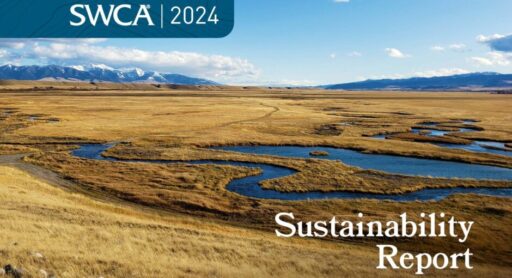
At SWCA, sustainability means balancing humanity’s social, economic, and environmental needs to provide a healthy planet for future generations.
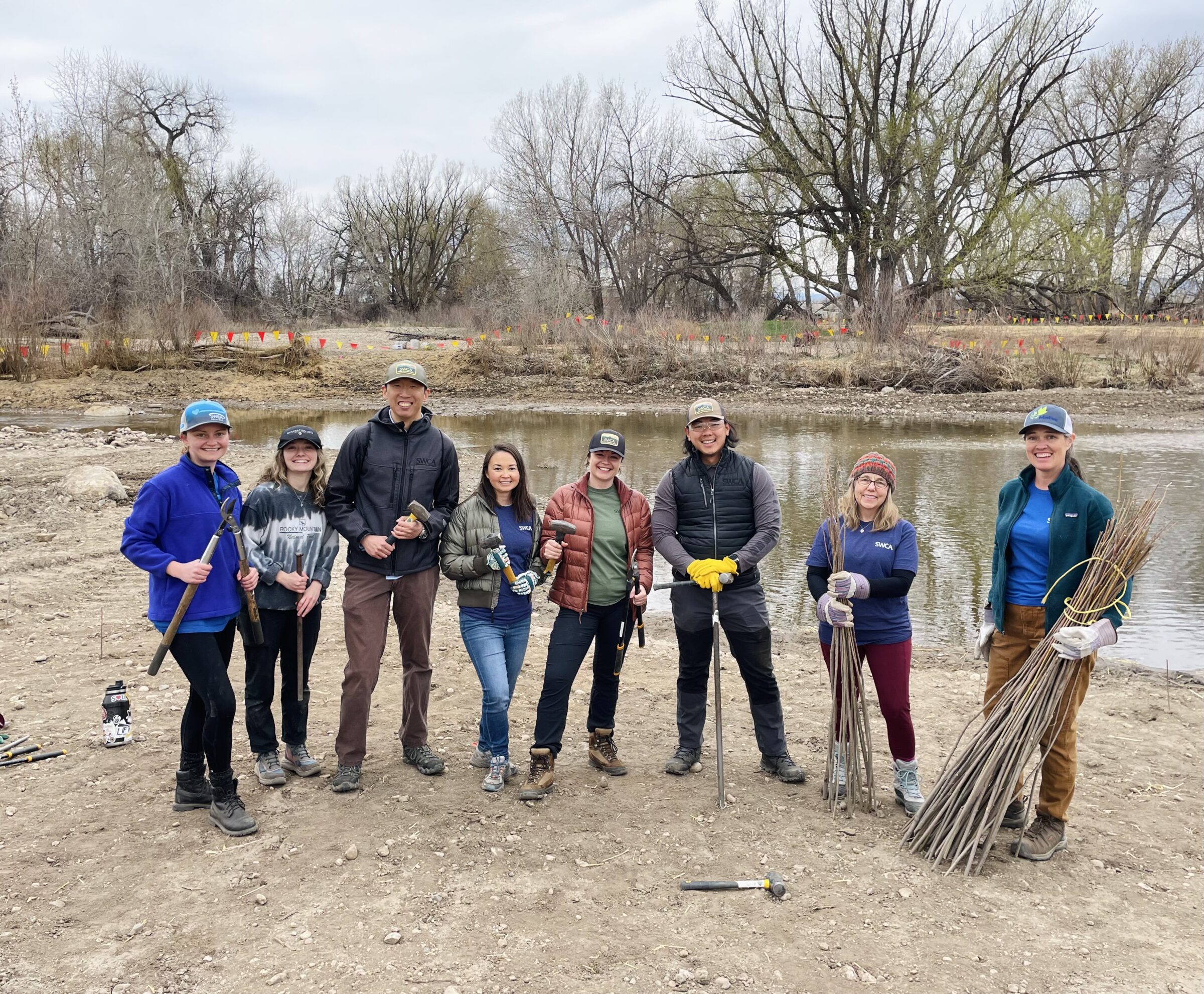
SWCA employs smart, talented, problem-solvers dedicated to our purpose of preserving natural and cultural resources for tomorrow while enabling projects that benefit people today.
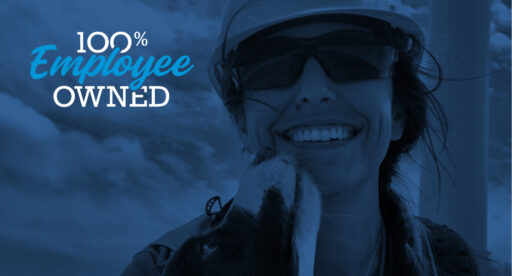
At SWCA, you’re not just an employee. You’re an owner. Everyone you work with has a stake in your success, so your hard work pays off – for the clients, for the company, and for your retirement goals.
Great Salt Lake Water Conservation Toolbox: Equipping Utah’s Cities with Strategies to Conserve Water
As one of the nation’s driest and fastest-growing states, Utah is currently facing significant challenges with a depleting Great Salt Lake (GSL). The GSL is the largest waterbody in the state and a vital ecological and economic resource for Utah. It provides habitat for a wide array of local and migratory bird species while also contributing at least $1.5 billion to the local economy from industrial and recreational activity. Beyond these ecological and economic benefits, the lake plays a critical role in generating precipitation over the GSL basin.
As human development and water use continue to impact the watershed, declining lake levels threaten precipitation patterns, wildlife habitats, and the state’s economy. To protect the lake and support population growth within the existing water supply, widespread water conservation is essential. Efforts to conserve water and safeguard the GSL have gained significant public support since the lake reached its historic low level in 2022. This has resulted in legislative progress to incentivize water conservation and develop strategies to deliver more water to the lake.
One of those efforts is the Great Salt Lake Water Conservation Toolbox. The Great Salt Lake Advisory Council (GSLAC) turned to SWCA to provide municipalities and local governments with the information and insights needed to optimize their water conservation strategies.
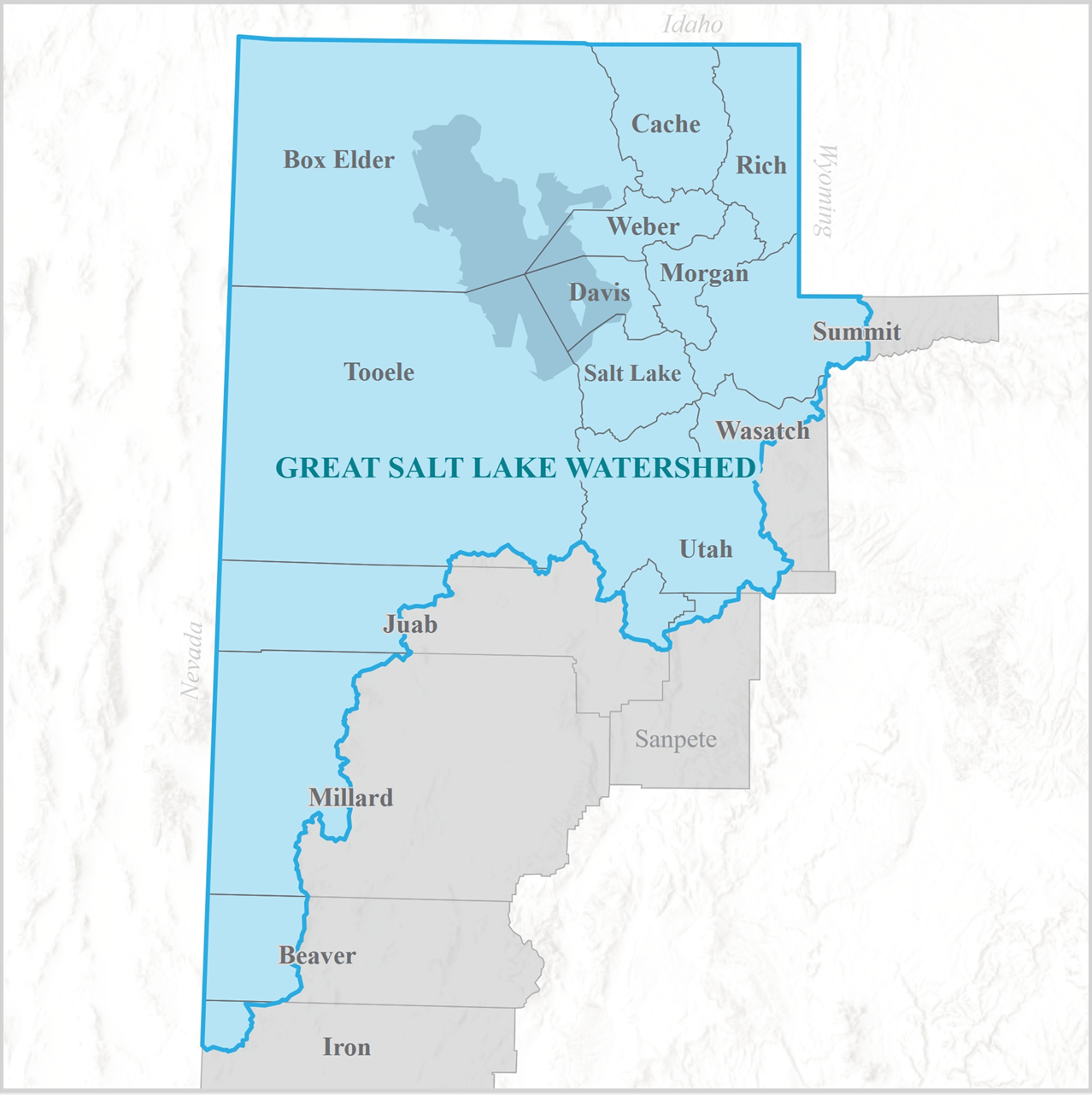
Great Salt Lake Watershed, Utah
“We really took time upfront to reference past research and connect with people who are doing water conservation work across Utah,” said Lily Wetterlin, a water resources scientist at SWCA. “We wanted to know what was working, what wasn’t working, and what’s needed to help us build on what already exists and to ensure that the toolbox is a usable and effective resource for cities and municipalities.”
Wetterlin partnered with Erica Gaddis, senior water resources technical director at SWCA, to first define the vision of this toolbox — what information to include and how to structure it so that municipalities could easily adopt various conservation techniques.
They opted for an “à la carte” approach where municipalities could essentially choose from a menu of flexible water conservation strategies based on the unique needs of the community. The SWCA team then set to work developing the detailed recommendations based on tested methods and best practices.
This comprehensive toolbox offers guidance on developing conservation-minded water rate structures, including price elasticity and stakeholder engagement, along with customizable city ordinances to reduce outdoor water use and improve indoor efficiency. It also features landscape incentive programs to encourage a reduction in outdoor water use.
In well-established communities, incentive and rebate programs, along with thoughtfully structured water rates, are the most effective strategies for shifting water usage behaviors of individual homeowners and businesses. By making the initial transition to water-efficient landscaping and fixtures more financially accessible, these programs not only promote but also economically justify water conservation efforts. In cities expected to continue to grow, the introduction of ordinances and structured water rate schedules is crucial. These measures not only set standards for responsible water use from the outset, but they also cultivate a lasting culture of conservation. This proactive approach is vital in ensuring that all communities in this area — regardless of their stage of development — contribute to the overarching goal of living within our existing water supplies and maintaining essential flows to the GSL.
Explore the entire Great Salt Lake Water Conservation Toolbox here.
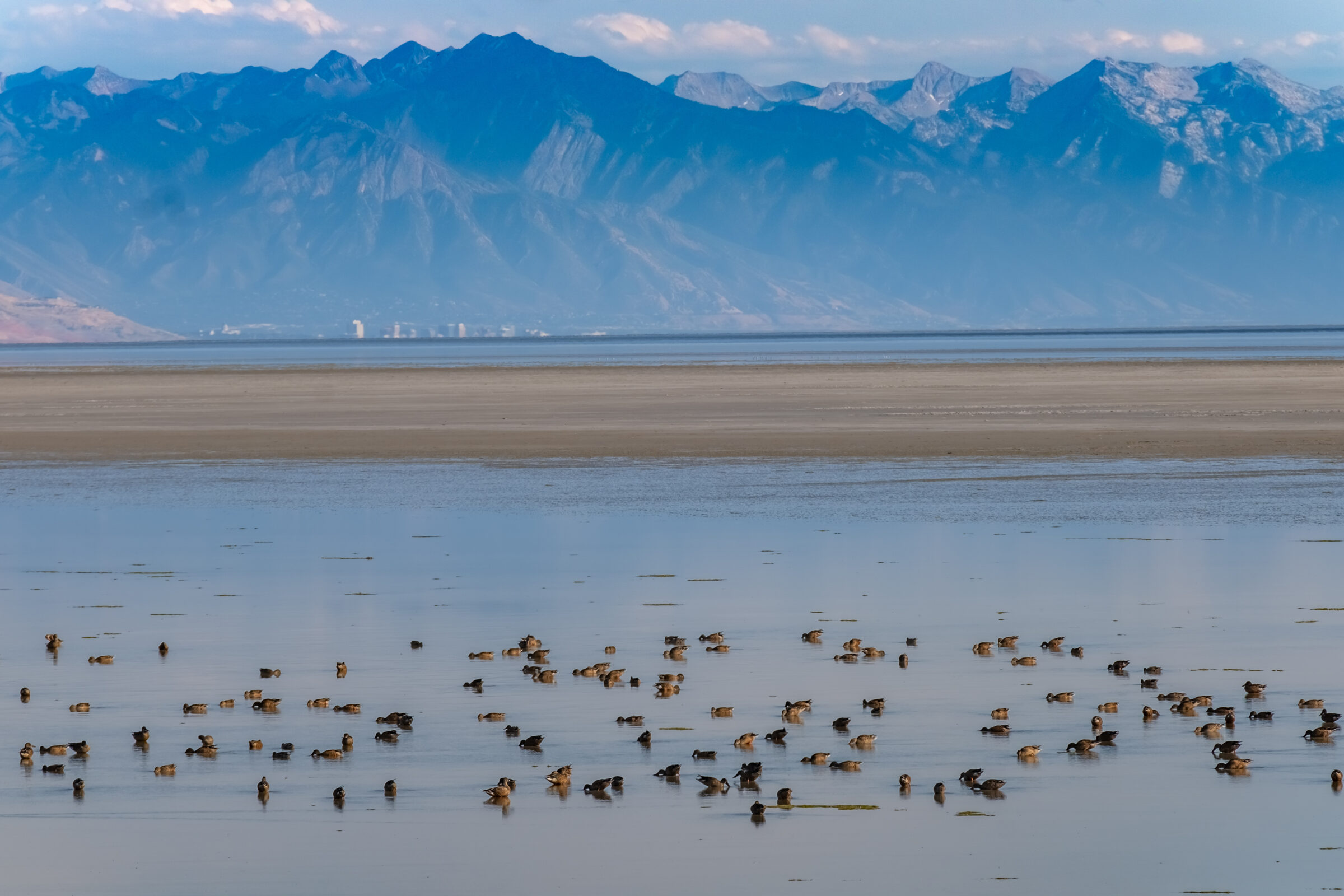
10 million birds visit GSL annually as essential stopover and breeding ground and the GSL provides a critical link in the Pacific Flyway for over 330 species of birds.
Grounded in lessons learned and known constraints facing Utah’s municipalities, this water conservation toolbox offers a comprehensive and adaptable suite of measures tailored to meet the needs of diverse Utah communities within the Great Salt Lake Basin. Although each community within the Great Salt Lake Basin has its own unique characteristics and challenges, the common thread binding them is the necessity to protect the GSL. This is not just for the sake of the lake itself, but to support the growing needs of Utah’s agriculture, wildlife, industries, and people for generations to come.
“Working on this project has been incredibly meaningful, especially given the dire need to protect the Great Salt Lake here in Utah. Many of us live in Salt Lake, so we deeply feel the importance of conservation in our own backyard,” said Wetterlin. “One of my favorite parts of the project has been connecting with partners across the state who are also passionate about water conservation. Even though collaboration wasn’t the primary goal, it became a highlight — seeing how we can work tangentially toward the same goal without duplicating efforts. Getting input and feedback from others has been inspiring and reinforced how essential teamwork is in addressing such critical issues.”
SWCA continues to work with the Great Salt Lake Advisory Council on the second phase of this project focused on outreach, partnering with entities such as the Division of Water Resources, the Great Salt Lake Commissioner Office, Utah Water Ways, water districts and universities that are working in water conservation in Utah to communicate all the tools and resources available for cities and municipalities.
Learn more about water resources services at SWCA.
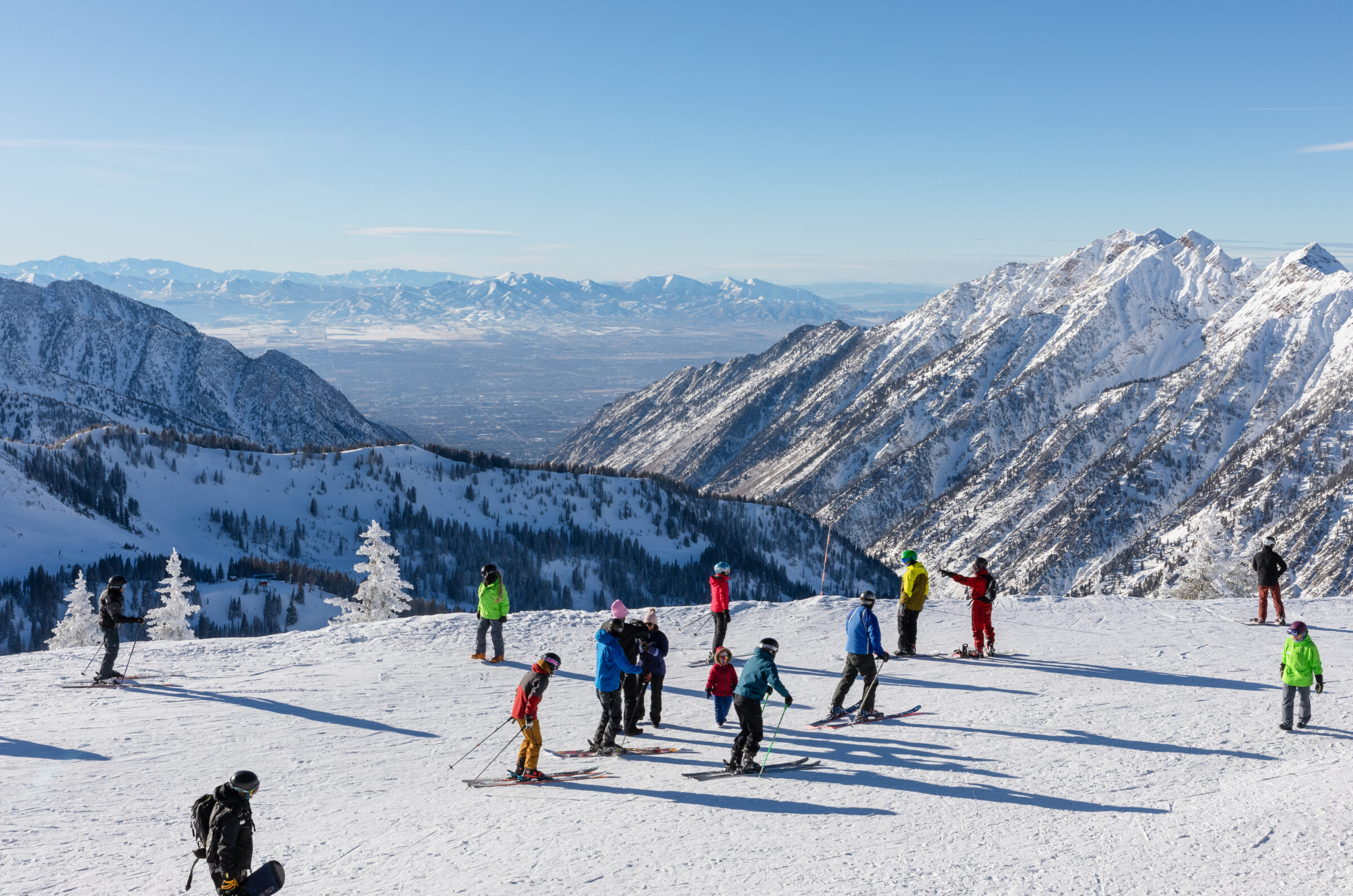
The GSL supports the ski industry from an economic and environmental perspective as its responsible for 5-10% of the snow that falls south and east of the lake and the lake effect snow extends ski season by 5 to 7 weeks.